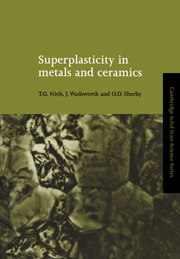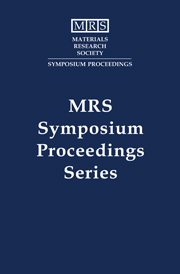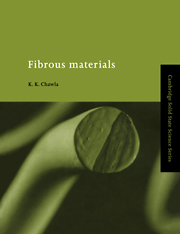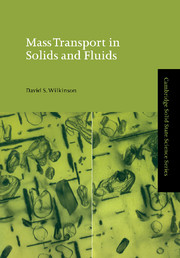Superplasticity in Metals and Ceramics
This 1997 book describes advances in the field of superplasticity. This is the ability of certain materials to undergo very large tensile strains, a phenomenon that has increasing commercial applications, but also presents a fascinating scientific challenge in attempts to understand the physical mechanisms that underpin it. The authors emphasise the materials aspects of superplasticity. They begin with a brief history of the phenomenon. This is followed by a description of the two major types of superplasticity - fine-structure and internal-stress superplasticity - together with a discussion of their operative mechanisms. In addition, microstructural factors controlling the ductility and fracture in superplastic materials are presented. The observations of superplasticity in metals (including aluminium, magnesium, iron, titanium and nickel), ceramics (including monoliths and composites), intermetallics (including iron, nickel, and titanium base), and laminates are thoroughly described. The technological and commercial applications of superplastic forming and diffusion bonding are presented and examples given.
- Good description of superplasticity
- Details of which materials can be made superplastic
- Lists more recent advances in the field and commercial applications
Reviews & endorsements
'Highly recommended as a useful reference source.' Aslib Book Guide
Product details
No date availablePaperback
9780521020343
288 pages
244 × 170 × 16 mm
0.463kg
175 b/w illus. 22 tables
Table of Contents
- Preface
- 1. Introduction
- 2. Key historical contributions
- 3. Types of superplasticity
- 4. Mechanisms of high-temperature deformation and phenomenological relations for fine-structure superplasticity
- 5. Fine-structure superplastic metals
- 6. Fine-structure superplastic ceramics
- 7. Fine-structure superplastic intermetallics
- 8. Fine-structure superplastic composites and laminates
- 9. High-strain-rate superplasticity
- 10. Ductility and fracture in superplastic materials
- 11. Internal-stress superplasticity (ISS)
- 12. Other possible superplasticity mechanisms
- 13. Enhanced powder consolidation through superplastic flow
- 14. Superplastic forming and diffusion bonding
- 15. Commercial examples of superplastic products
- Index.






